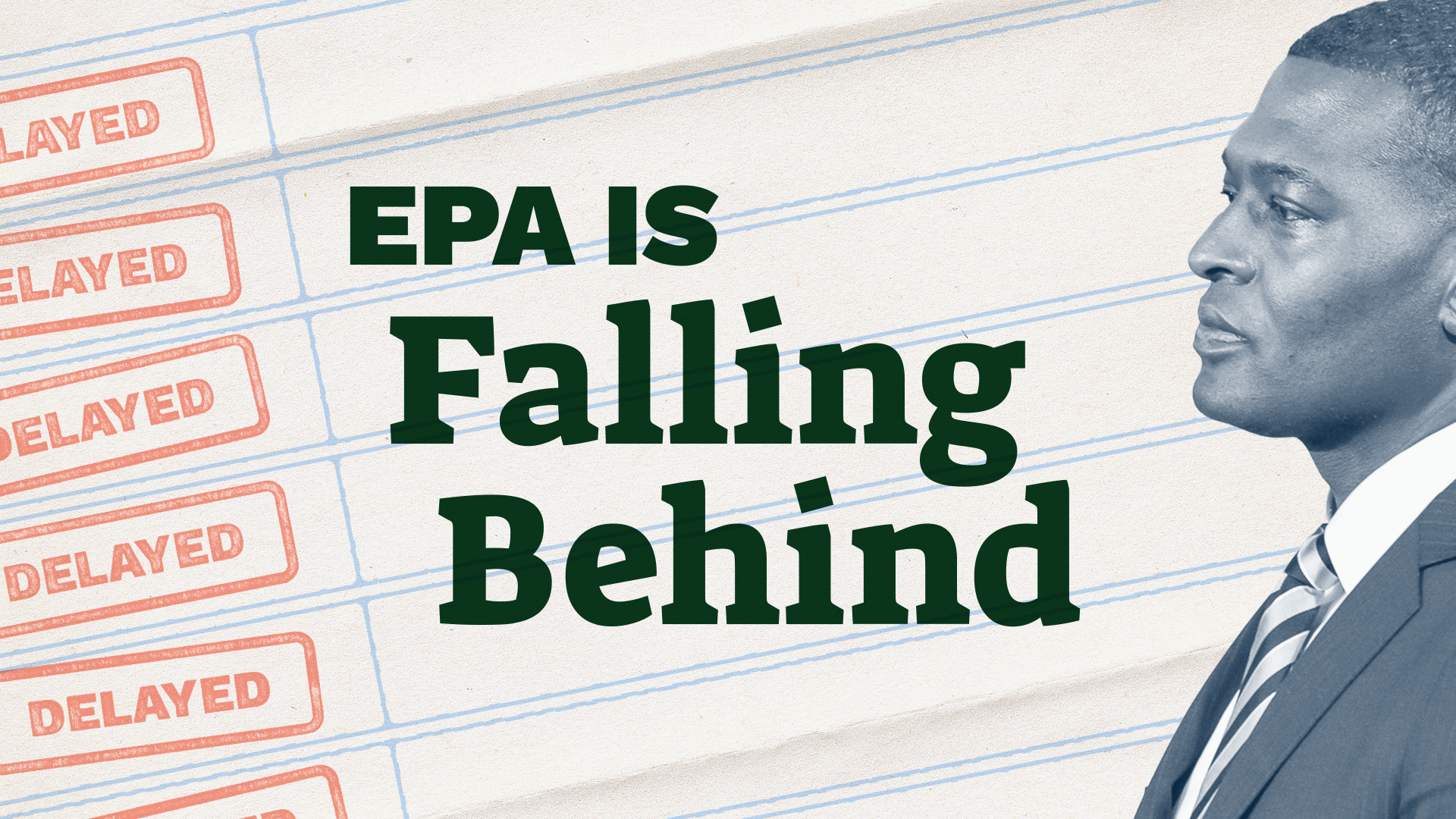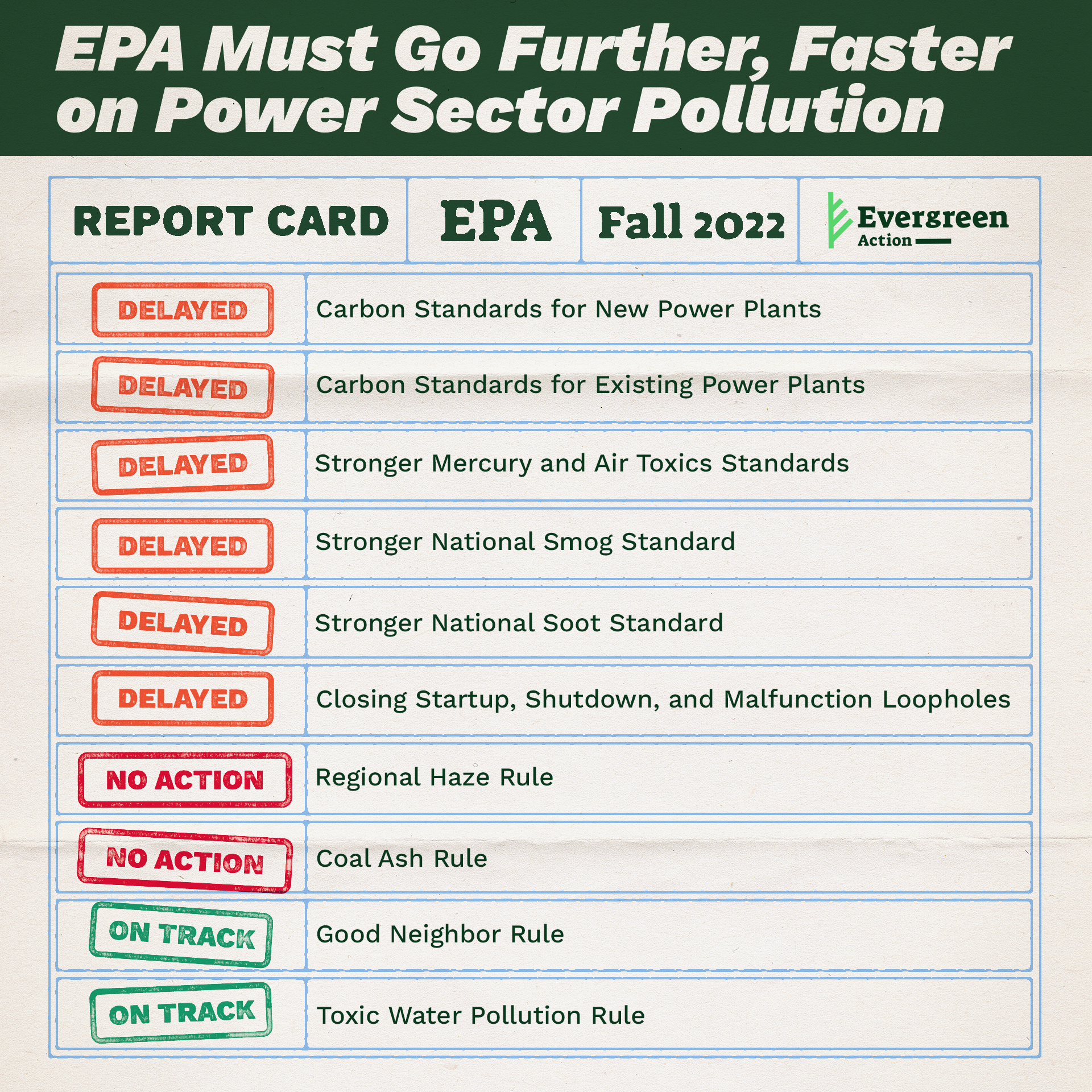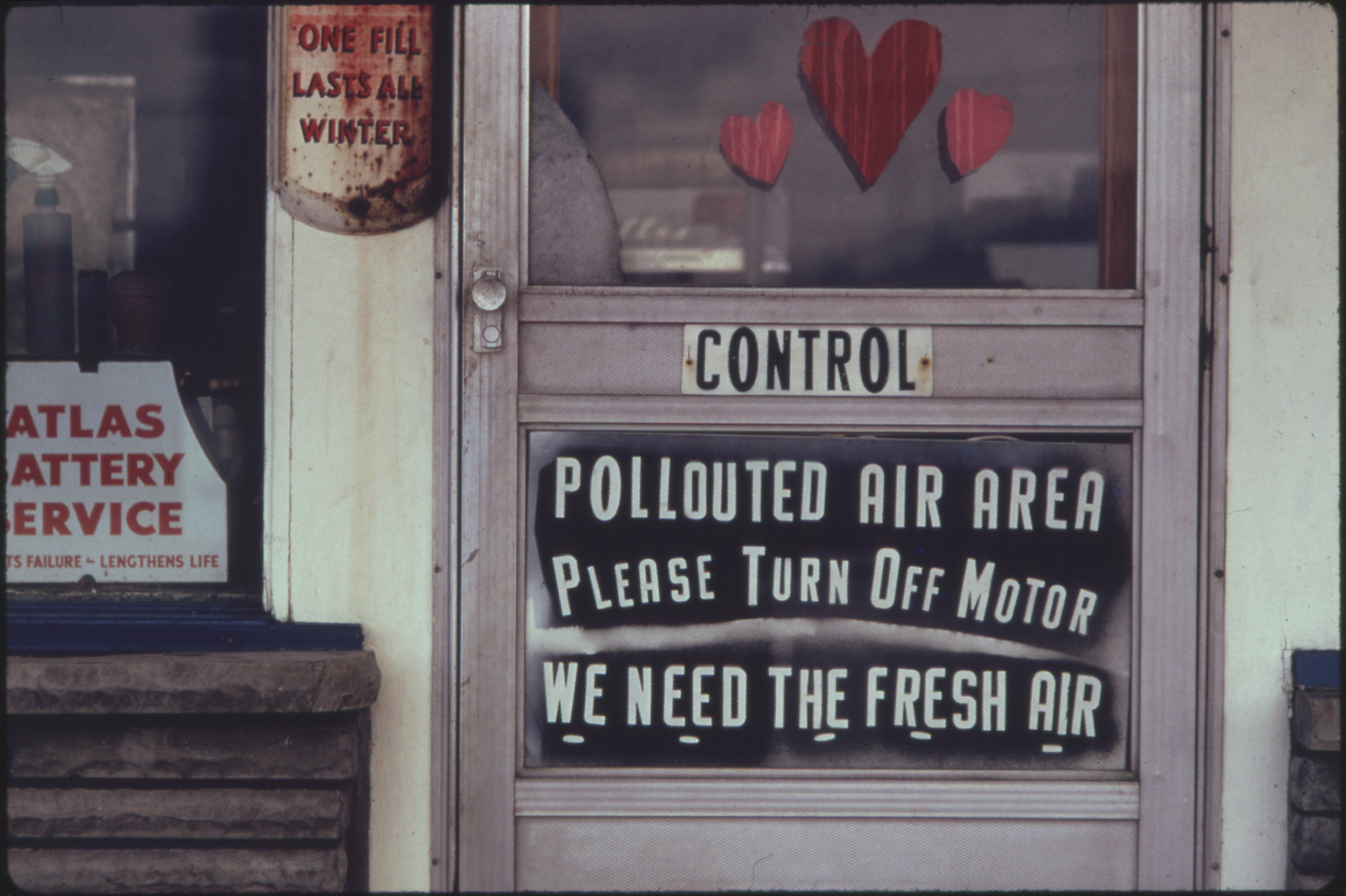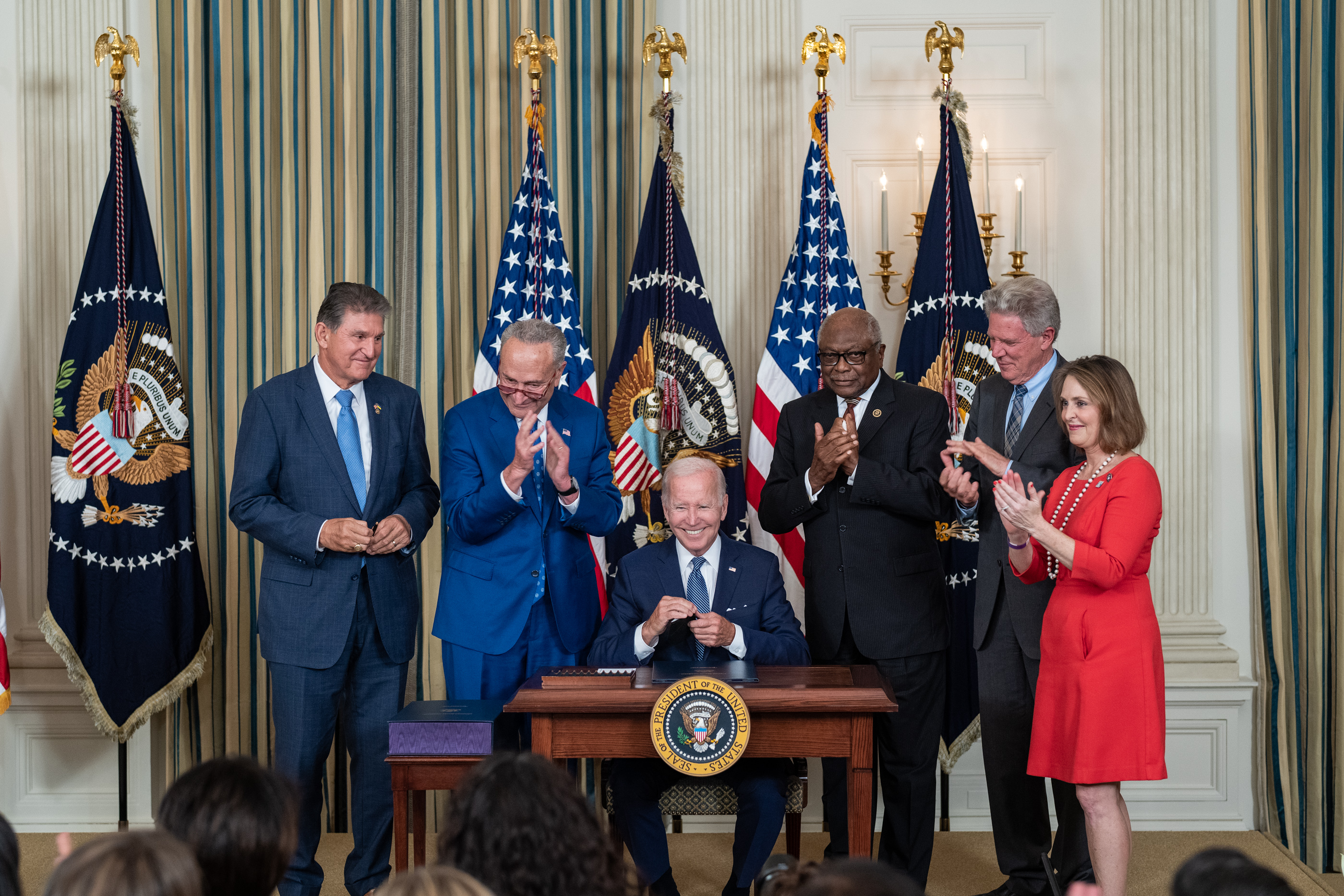Closing the Pollution Gap
President Biden signed the Inflation Reduction Act (IRA) into law on August 16, 2022, injecting over $370 billion in climate and environmental justice investments into the economy and America’s fight against climate change. According to multiple analyses put out by the Biden Administration, Senate Majority Leader Schumer, and other independent experts, the IRA will help cut carbon pollution by around 40% below 2005 levels by 2030—bringing the U.S. closer than ever before to meeting the President’s pledge to reduce carbon pollution 50-52% economy-wide by 2030. Modeling by Energy Innovation has shown that the law would also create significant air quality benefits, preventing about 2,700 premature deaths in the year 2030.
While the IRA represents historic progress on President Biden’s climate and pollution goals, there is still much more that needs to be done to ensure those reductions are realized and to close the 10-12% emissions gap still on the table. Cleaning up the power sector is the linchpin in achieving this economy-wide target, as other sectors, including transportation, buildings and some heavy industry, will rely heavily on clean electrification to decarbonize. The IRA contained large incentives to deploy new clean energy—an essential part of the President’s “standards, investment, and justice” approach to climate policy. However, the bill provided few of the standards that directly reduce power sector emissions.
To finish the job in cleaning up the power sector—and to close the remaining 10-12% emissions gap by 2030—the administration must now pursue a stronger regulatory agenda. This must include standards from the Environmental Protection Agency (EPA) that cut pollution from fossil fuel power plants, including both climate pollutants and the traditional air and water pollutants that harm human health and drive environmental injustice.
Unfortunately, many of these regulations are behind schedule. Because of extensive public comment and procedural requirements and the potential for lengthy litigation, the rulemaking process often takes years. Without picking up the pace, the administration risks leaving critical steps either unfinished at the end of President Biden’s first term or subject to the Congressional Review Act.
This memo provides a report card on 10 important climate and air and water quality regulations that EPA must complete and shows that, to finalize each rule during the first term and guarantee progress on climate and clean air, EPA Administrator Michael Regan must move further, faster.




